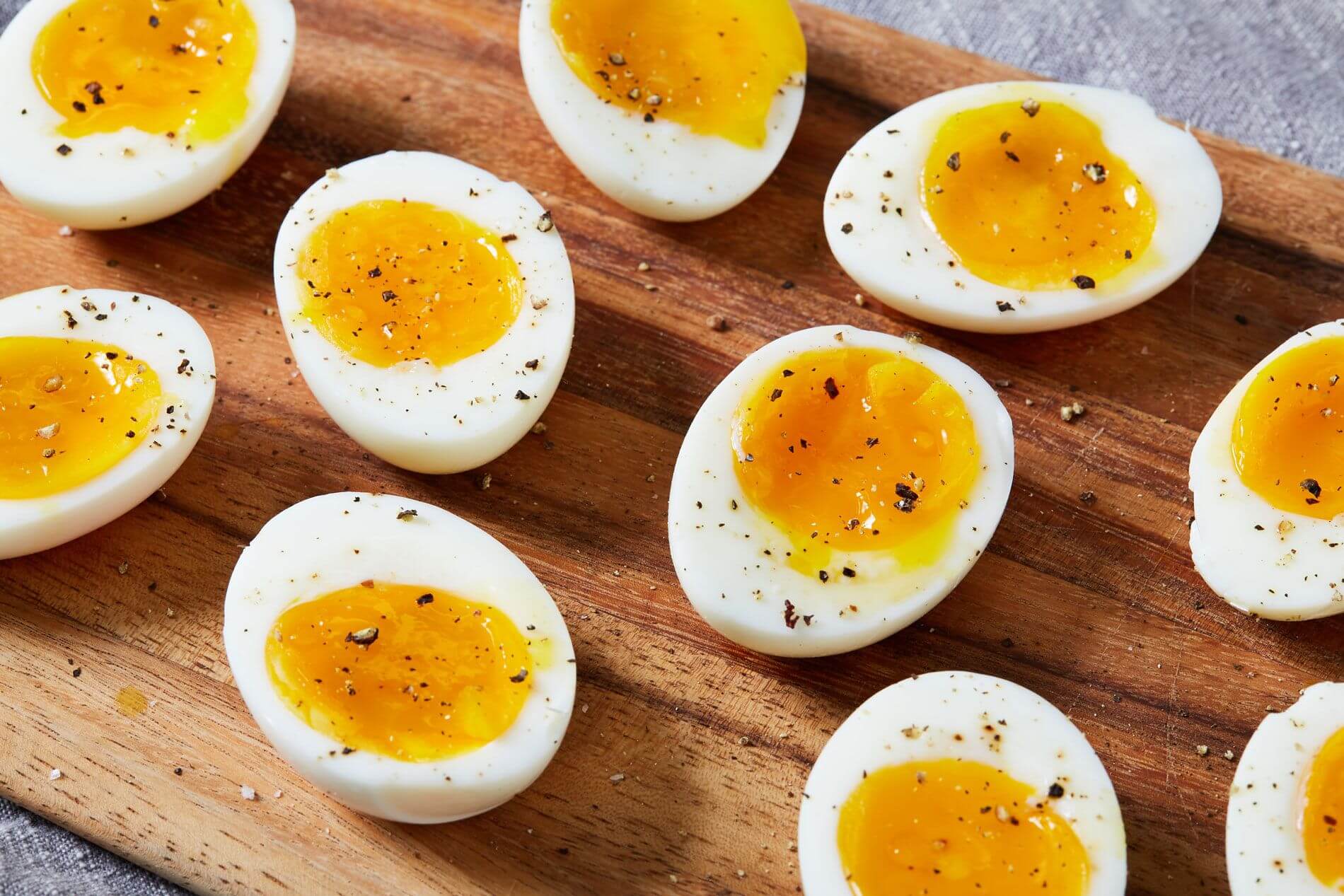How to boil great eggs 80% of the time
In this post, I will talk about how anybody can boil great eggs. Some reflections from my egg-boiling journey. I will share the experience acquired after boiling thousands of eggs over the past few years. So you can also boil great eggs.

Boiling eggs, might seem like a very mundane thing to talk about. It is quite an art. Do you ever have this feeling when you boil an egg and then the shell is impossible to come off and makes a whole mess? This is how I used to feel when I was cooking the eggs.
Eggs are a great way to add a bit of protein to your diet if you are protein deficient. Boiled eggs are functional and easy to eat. You don't need to any fats like butter or oil too. Hence, boiled eggs are healthier than fried eggs. You might not have time to make fried eggs in your precarious life.
Before I talk about the technique, let's define the goal. The goal is to be able to boil an egg such that when you peel the shell of the egg it comes out like magic.
Let's dive deep into the process. There are two main things to think about:
Temperature
Time
Temperature
The eggs before boiling should be at room temperature. They should be around 20-27°C. If the eggs are too cold, they will experience a thermal shock when you put them in boiling water. They might break. Do not add eggs from refrigerator directly into boiling water. This is the #1 rookie mistake.
What I do is when I buy eggs, I boil them before putting them into the refrigerator, and that saves me time in future. But if you have some eggs in your refrigerator, make sure you put them out before boiling them.
The water you use should be boiling before you put the eggs in. You cannot put the eggs and then boil the water because that is not going to work.
An extra tip is to add some baking soda (sodium bicarbonate) to the boiling water. This will increase the boiling temperature of water, ensuring that when you add your eggs to the boiling pot of water, the water is already at its boiling temperature.
Once you boil the eggs for a particular amount of time (which we will discuss later), you have to rapidly cool them. This ensures that we utilize the difference in thermal conductivity between the different layers of the egg. The results is a shell that is easier to remove. There is some amount of moisture trapped between the shell and the albumin. It prevents the sulfur and iron inside the yolk from forming iron sulfide, which is the grayish color we often see on over-boiled yolks.

After boiling, drain the hot water and add cold tap water to the eggs. If you can, you can also put some ice so the eggs cool down faster. This will also stop further cooking of the egg beyond your desired state.
Time
Time is another important factor. If you want to achieve a particular style of boiled egg you need to boil it for a certain temperature. I usually eat hard-boiled eggs and 11-13 minutes after I have added the eggs to the boiling pot works well for me. If you want to do 9, you can experiment with 9 as well. That could lead to a jammy yolk and the white being solid. It results in eggs which have good visual, Instagrammable looks. I'm talking about more something you can do every day. And of course, you have a different heat source for your pan, different eggs, different pans, or different faces. Your mileage may vary. Time is something you should experiment with.
That is pretty much it. I hope you can achieve excellence in boiling eggs, and from this moment in your life, you will enjoy the simple act of eating boiled eggs.
Cheers,
Rohit.